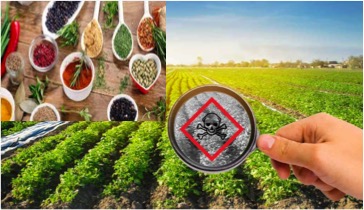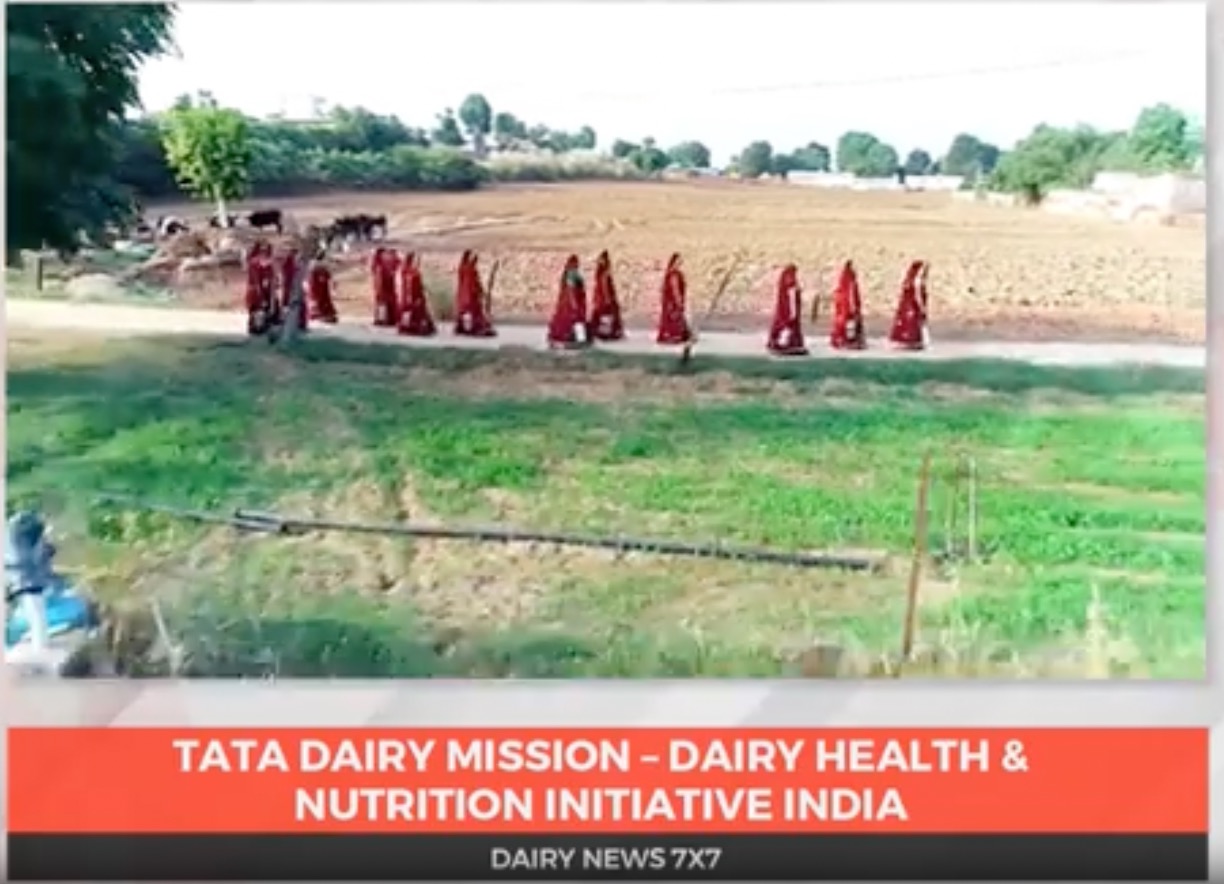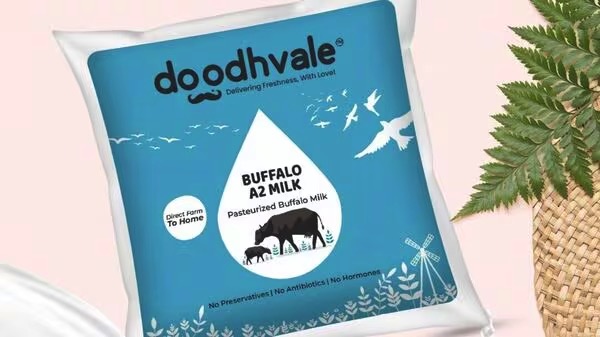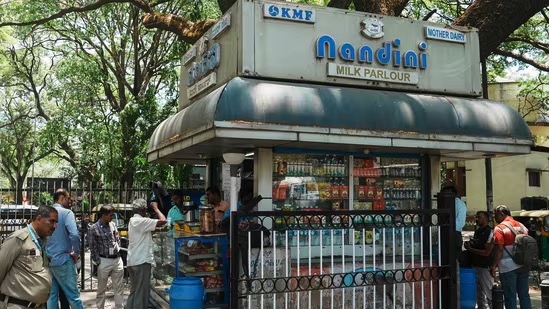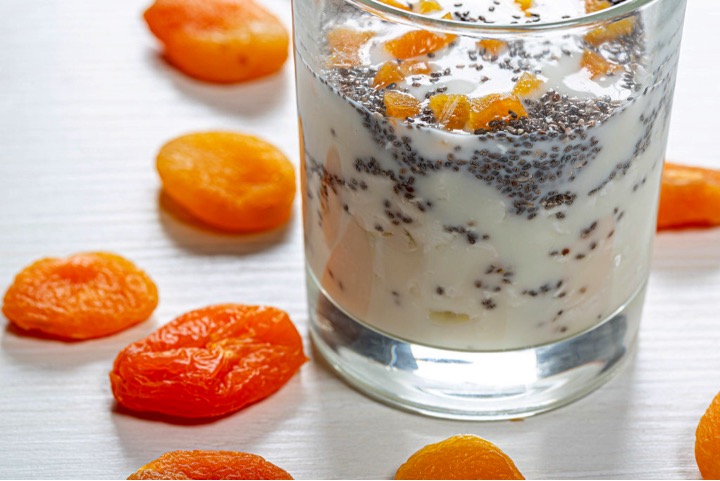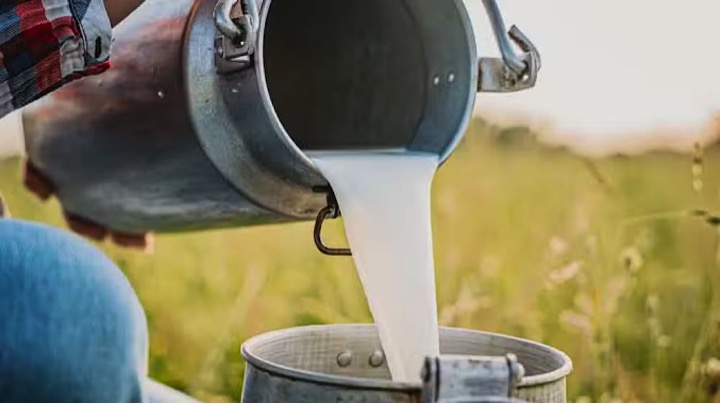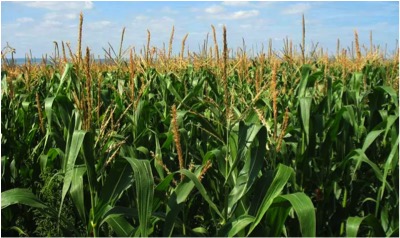Much to the outrage of activists and scientists, the Food Safety Standards Authority of India (FSSAI) increased the maximum residue limit (MRL) of pesticides in herbs and spices by a whopping 10 times.
The order dated April 8, 2024, revealed that the MRL of pesticides has increased substantially from 0.01 milligrammes per kilogramme (mg / kg) to 0.1 mg / kg. The Food and Agriculture Organization (FAO) defined MRL as the highest legally tolerable level of pesticide in food or animal feed.
Amit Khurana, programme director of sustainable food systems at the Centre for Science and Environment, New Delhi, told Down to Earth (DTE), if the FSSAI is relaxing the limit, then ultimately it allows for more pesticides to be ingested into the human body with severe health implications. “If you are making such a huge upward revision, then you have to substantiate it by releasing the data based on which the decision was made,” he said, adding:
Data for changing values, if increased, should have been provided.
The MRLs of pesticides for food and commodities, including spices and culinary herbs, are specified under the Food Safety and Standards (Contaminants, Toxins and Residues) Regulation, 2011. These MRLs are fixed based on the field trial data received through the Central Insecticides Board and Registration Committee (CIBRC), Union Ministry of Agriculture and Family Welfare, the FSSAI stated in its order. There is no declared procedure of using this data to fix MRLs, said Narasimha Reddy Donthi, an independent researcher and environmental justice activist.
A letter penned by the Pesticide Action Network of India objected to this mandate, saying that CIBRC does not conduct field trials of pesticides. The manufacturing companies generally provide the data, which is reviewed by CIBRC to approve pesticides. The CIBRC never sets any limits on residues, the letter implied. Its approval does not refer to residues at all, it highlighted.
However, for certain pesticides without field trial data available, the MRL was arrived at based on data generated by the Centre’s Monitoring of Pesticide Residues at National Level (MPRNL) scheme, the order explained. But MPRNL does not have data on all pesticides and neither does it include spices in monitoring, Donthi said.
FSSAI, in a previous order dated April 21, 2022, had categorically mentioned most of India’s pesticides lack field trial data. Till such time that they can generate this data, MRIs specified by Codex Alimentarius, a collection of internationally adopted food standards, are to be applied. It was established by FAO and the World Health Organization in 1963. In the absence of Codex, regulating authorities in the country of export will specify the MRLs.
Further, the latest order clarified that for food commodities besides spices and culinary herbs, MRL is applicable under Codex. For the European Union, the default lowest limit in case MRL is not specified for pesticide / commodity is 0.01 mg / kg.
Moreover, the order also said that if the pesticide is not registered with CIBRC, then the MRL of 0.1 mg / kg will be applicable for the spices and herbs, which activists DTE spoke with strongly opposed.
The aforementioned letter authored by the chief executive of the network AD Dileep Kumar and Donthi, posed a question: Why pesticides not registered with CIBRC are being given MRLs at all? Khurana concurred. “What is not registered should not be used.”
The letter indicated that the amount of pesticides found in food commodities has been increasing over the years, adding that information is scarce.
“Project reports or information on residues detected in commodities as part of MPRNL have not been made available in the public domain since 2018-19, hence the level of contamination is not available to consumers and primary stakeholders. However, information gathered through the provisions of the Right to Information Act, 2005, from the All India Network Project on Pesticide Residues for the last five years indicated that the percentage of samples detected with the presence of residues has increased from 22.6 per cent in 2018-19 to 35.9 per cent in 2022-23,” the letter explained.
Moving forward, speaking to DTE, Donthi recommended that the FSSAI should set zero MRLs for pesticides that are not approved and 0.01 mg / kg for pesticides that are approved for usage by CIBRC.
“There are hundreds of pesticides in India, under several categories such as insecticides and biopesticides and umpteen food items. The order does not make any specific reference and appears ambiguous,” Donthi said. He added that the FSSAI must be more transparent and declare all the culinary herbs and spices it is referring to.


